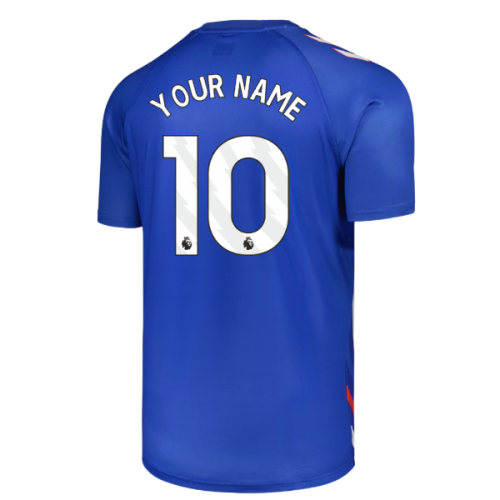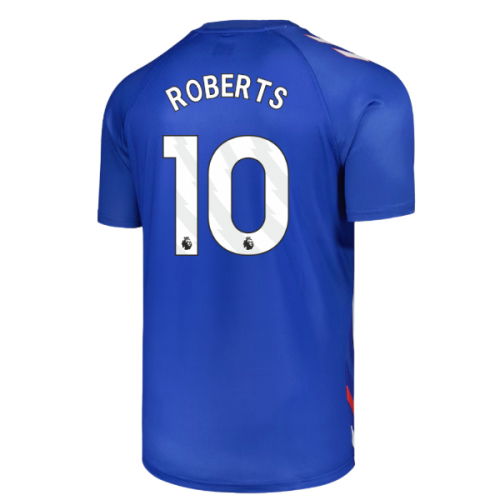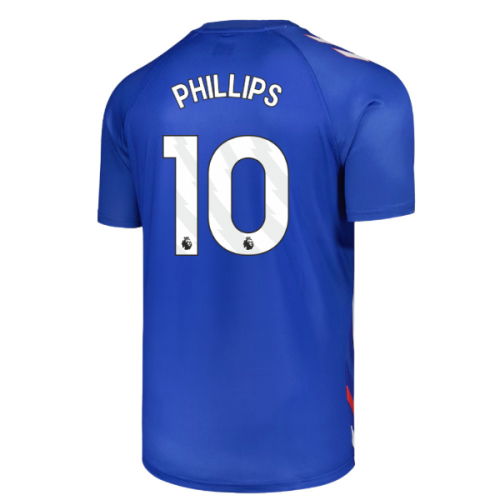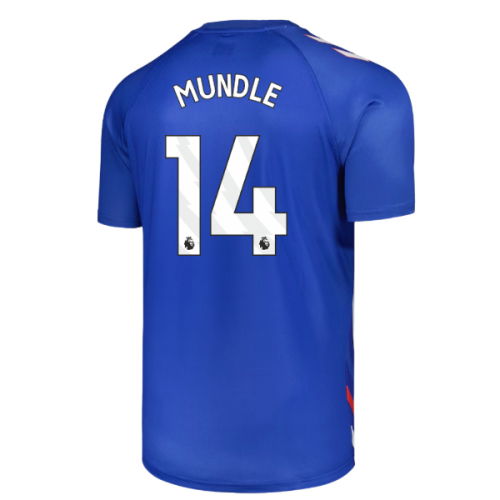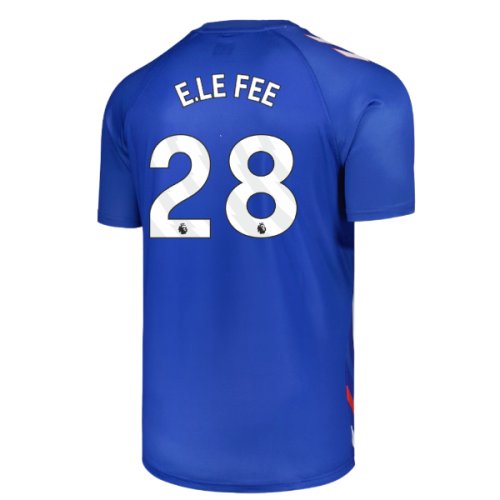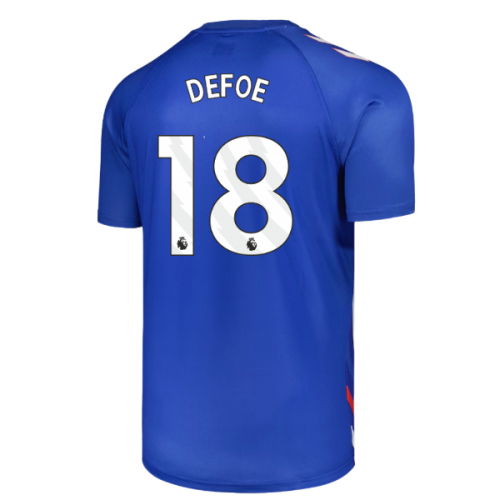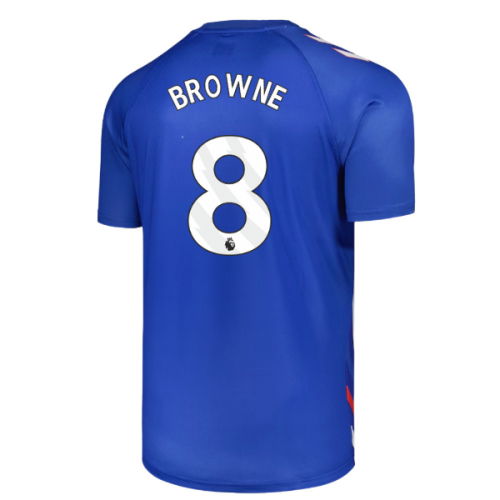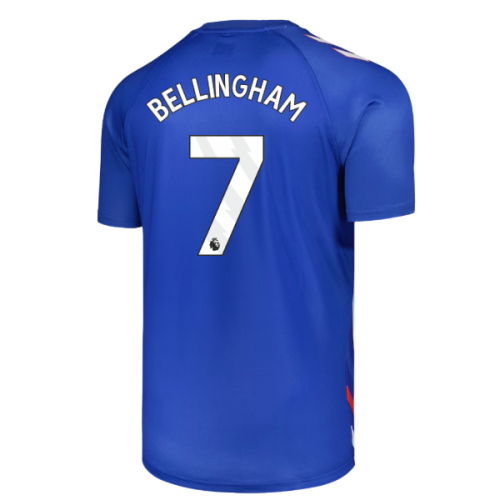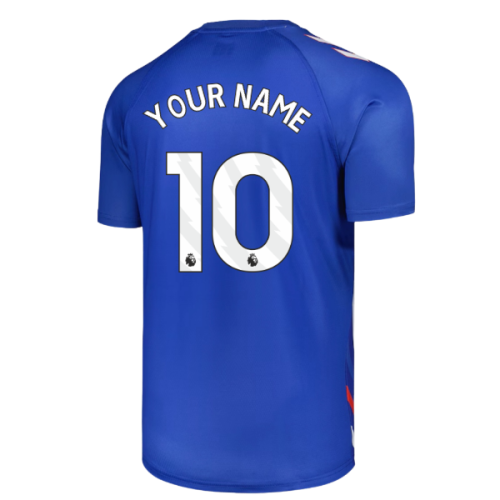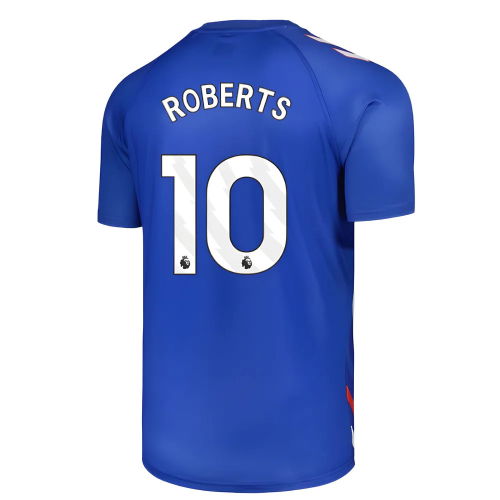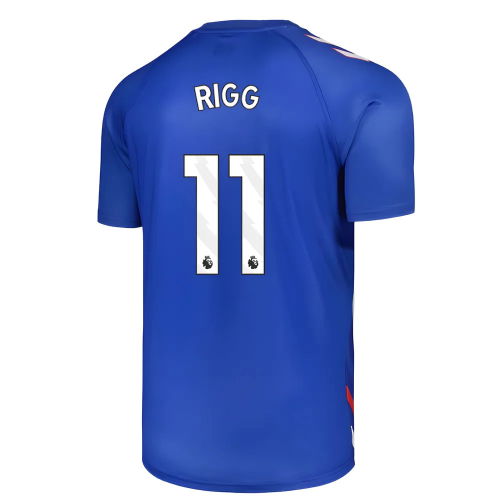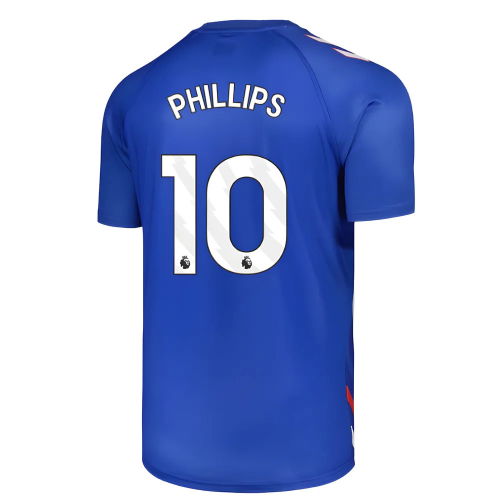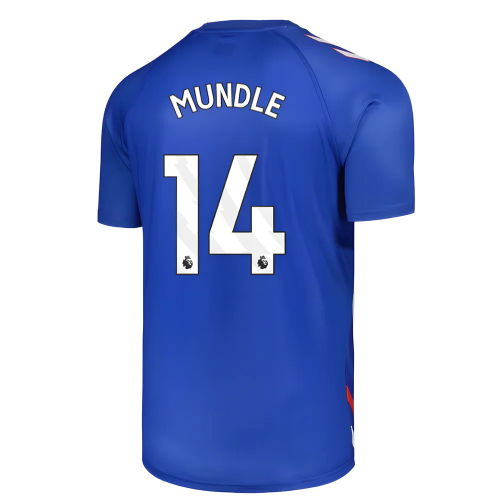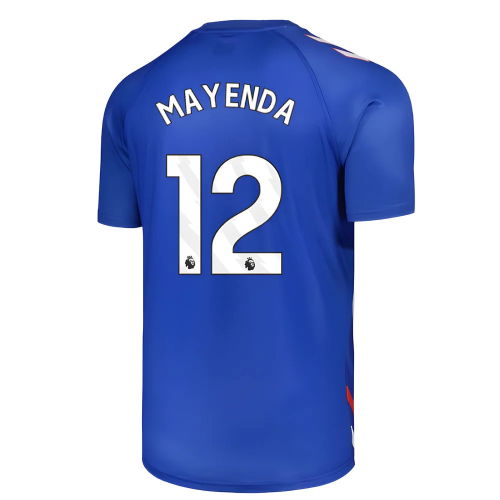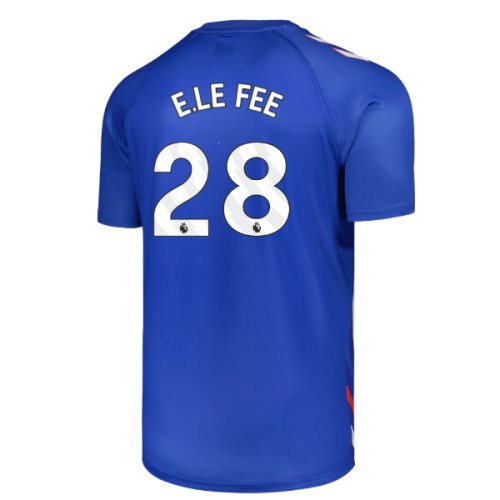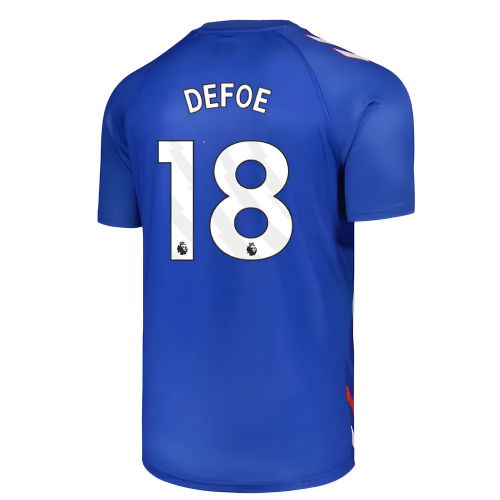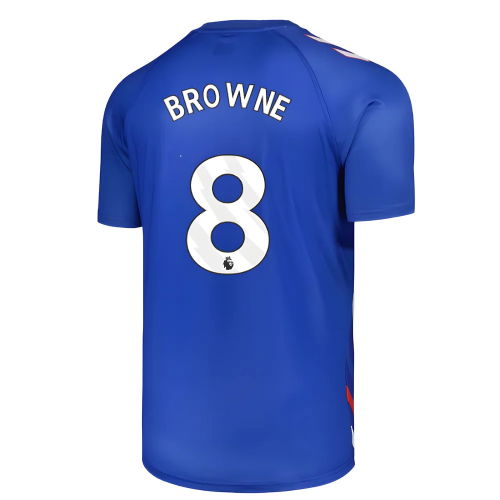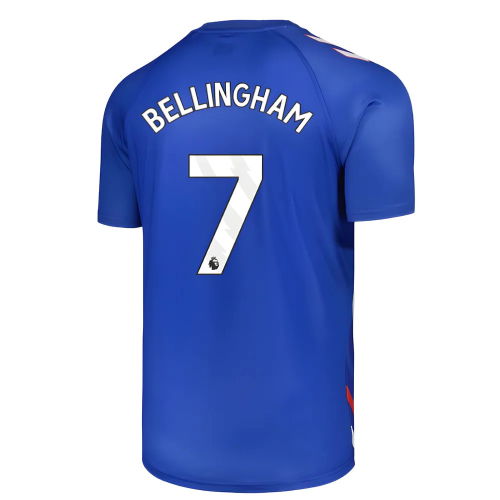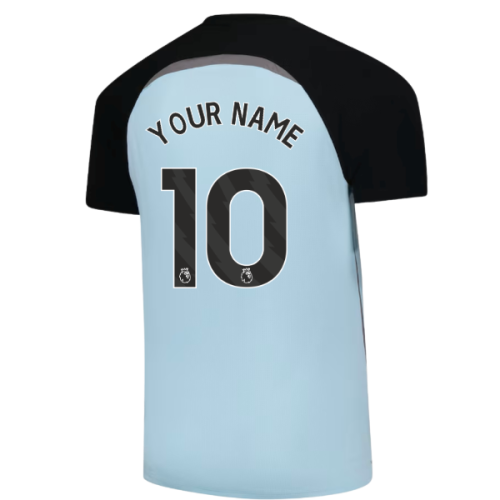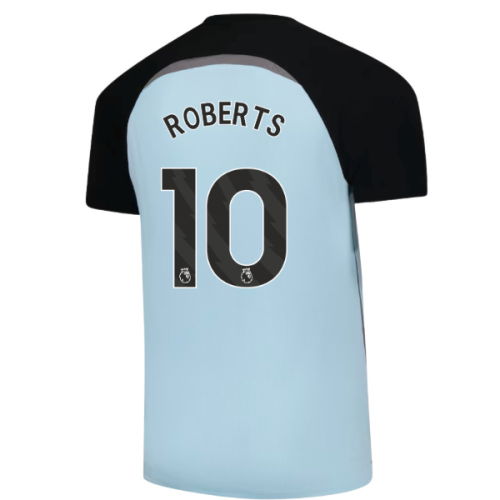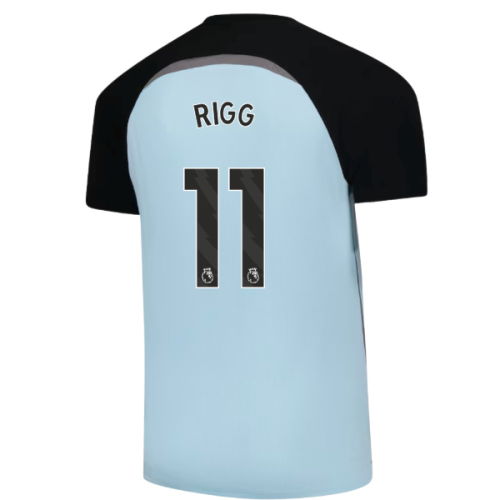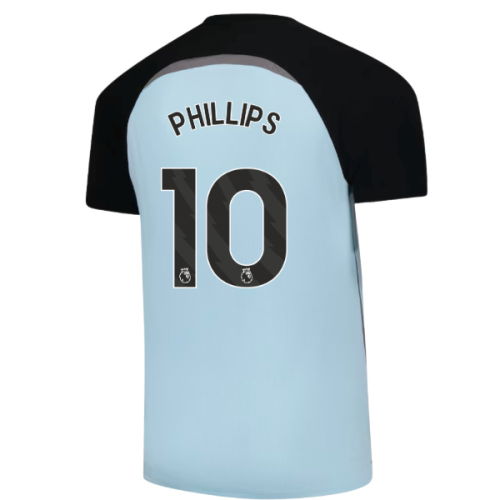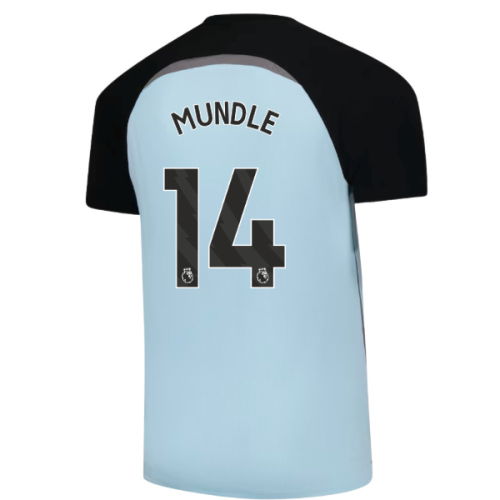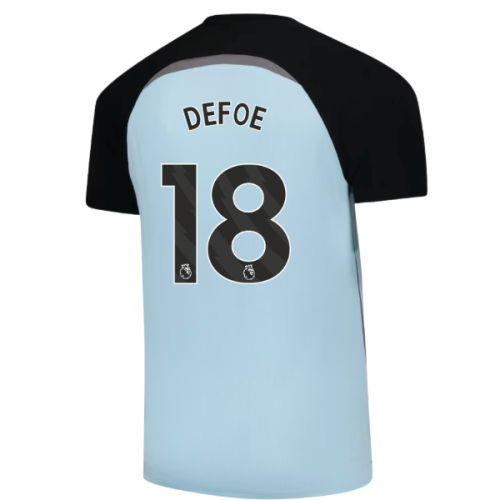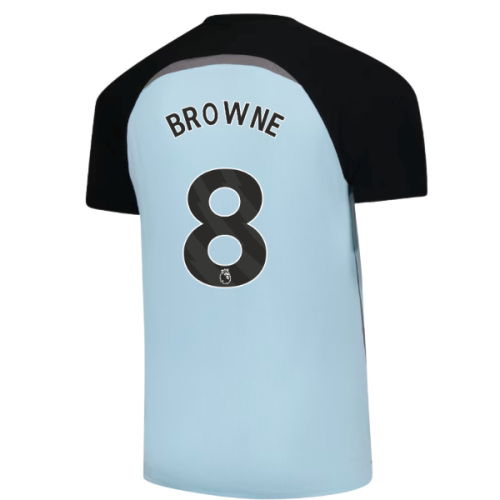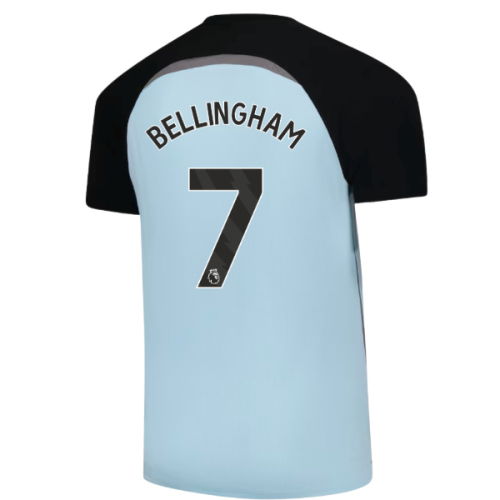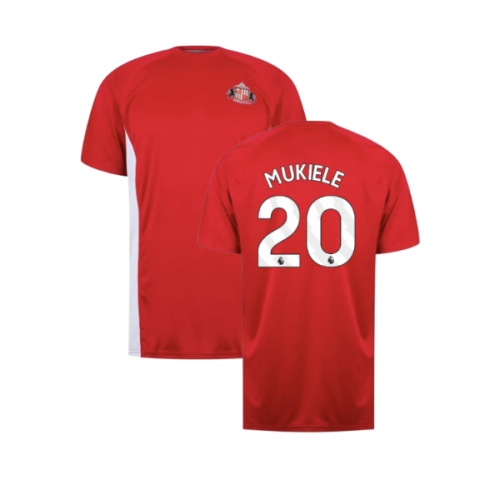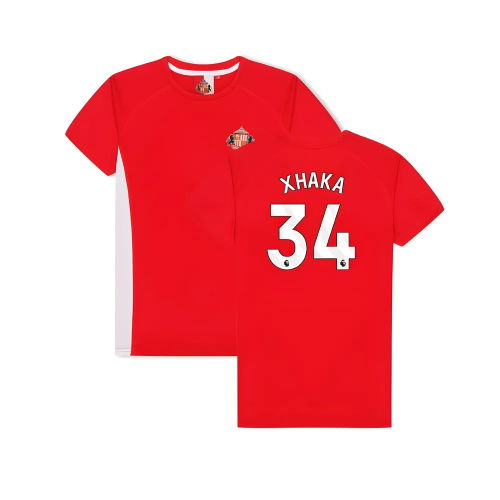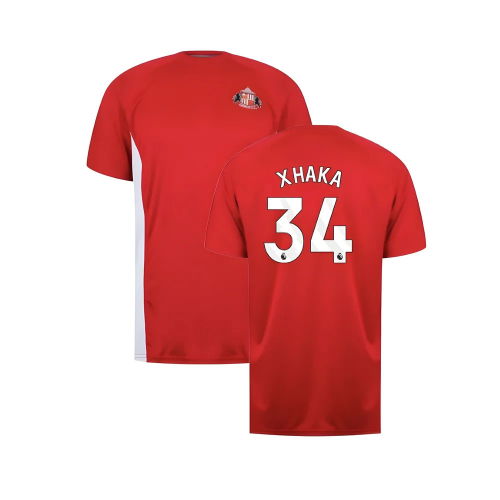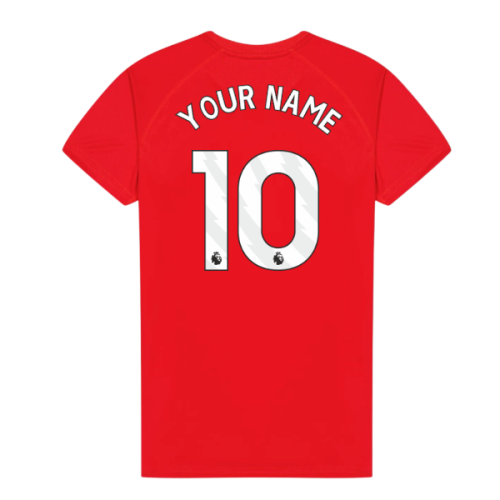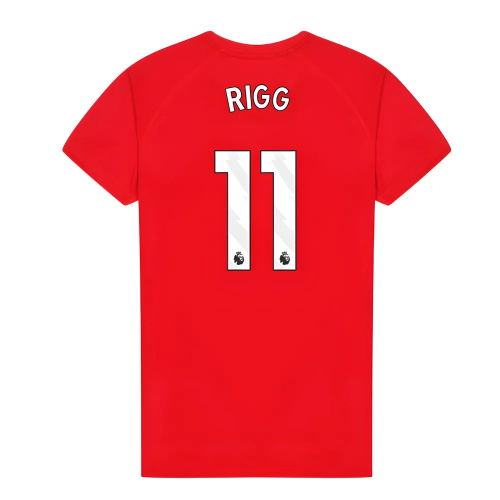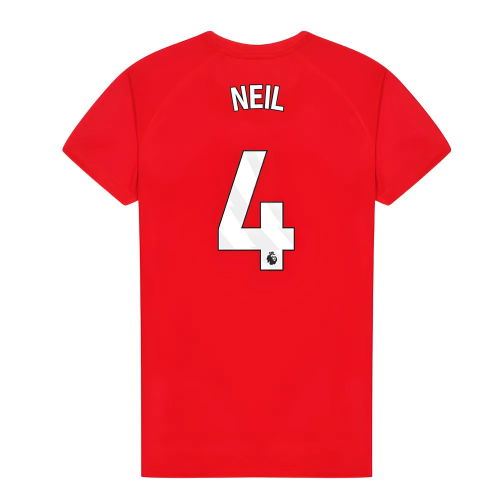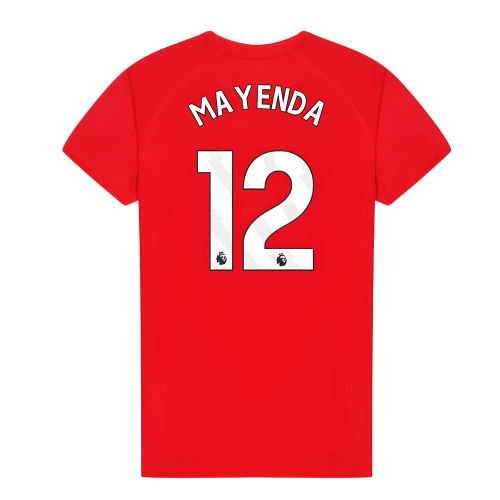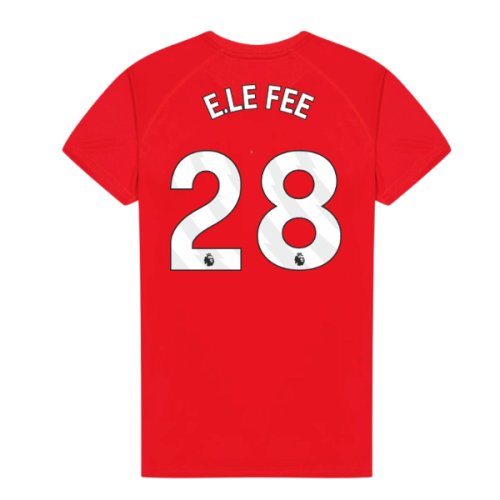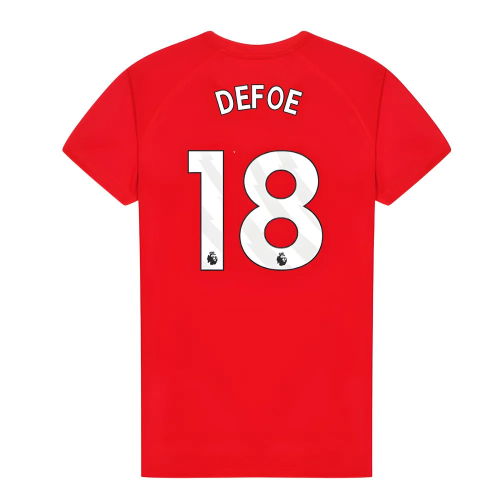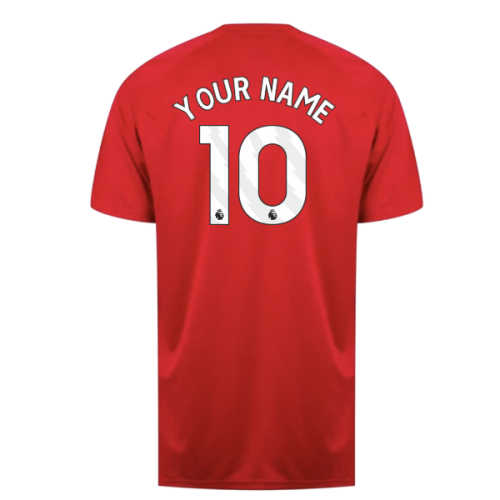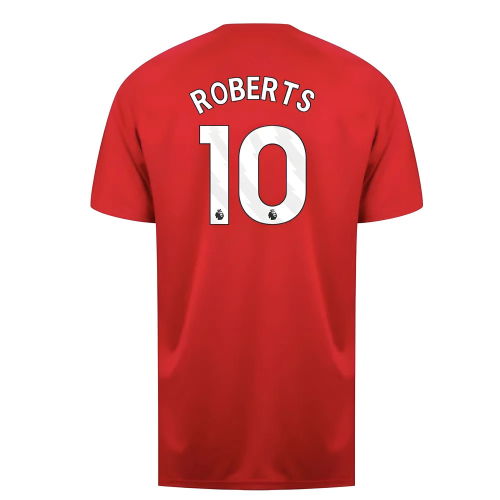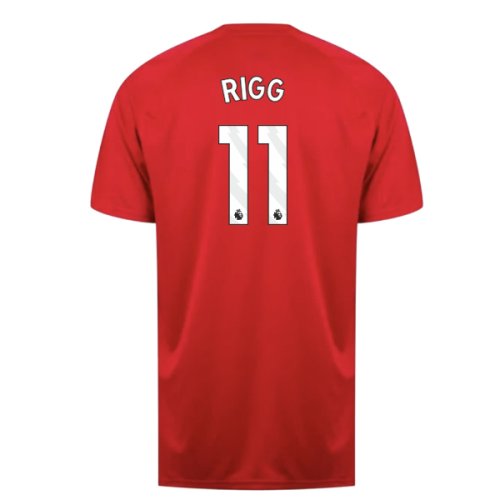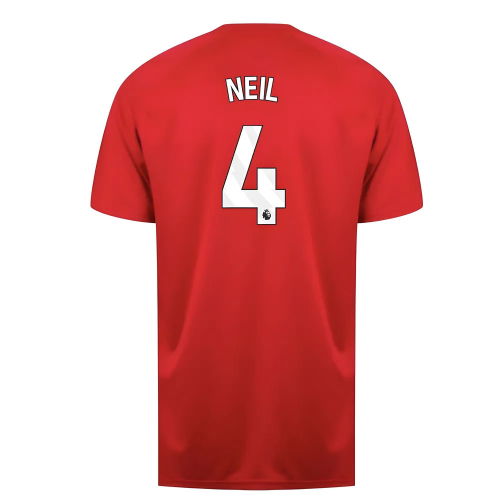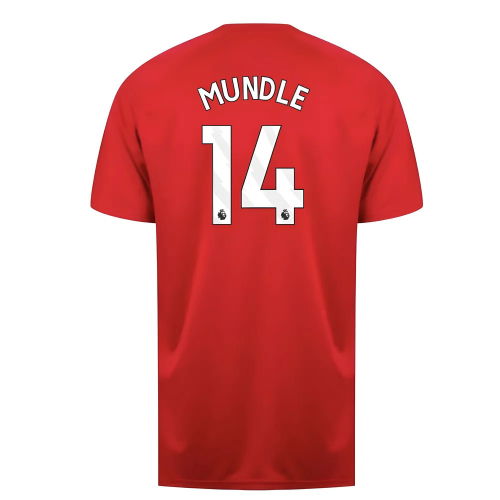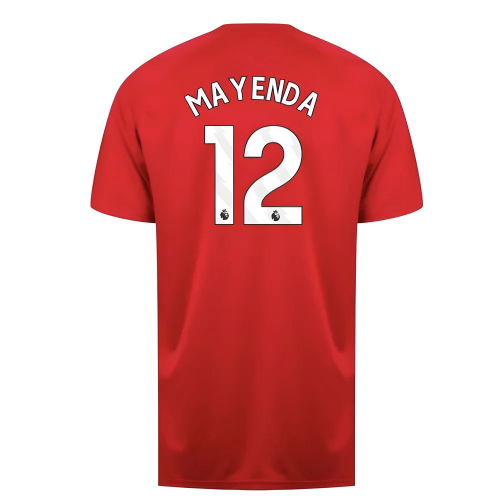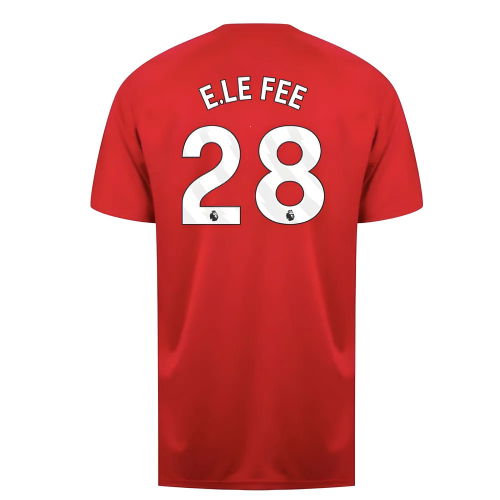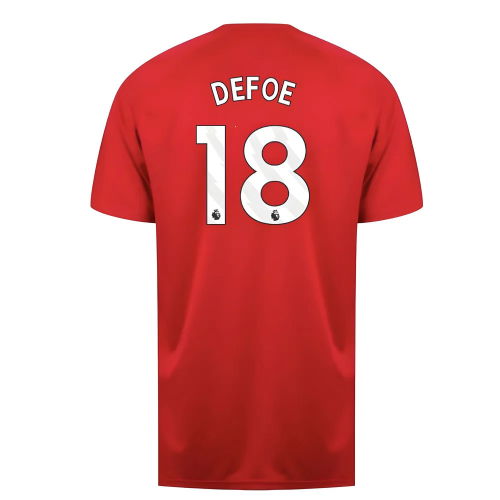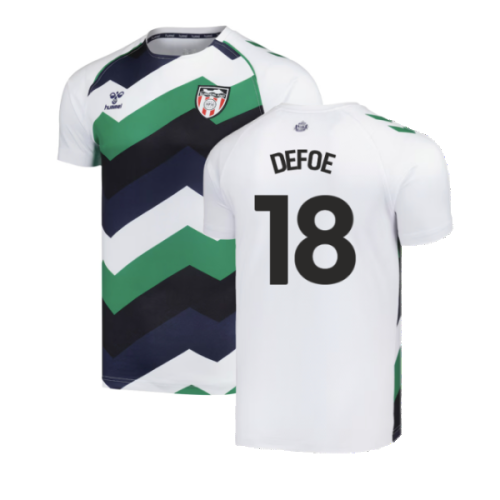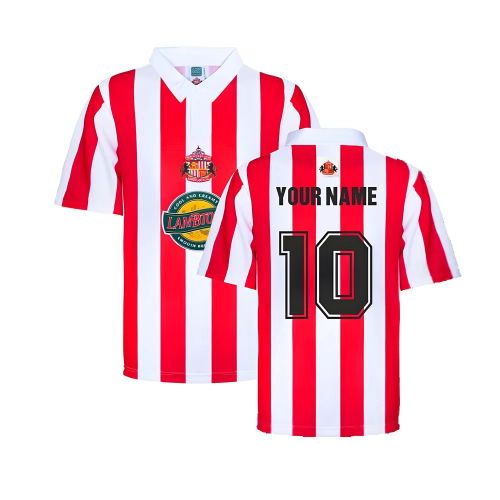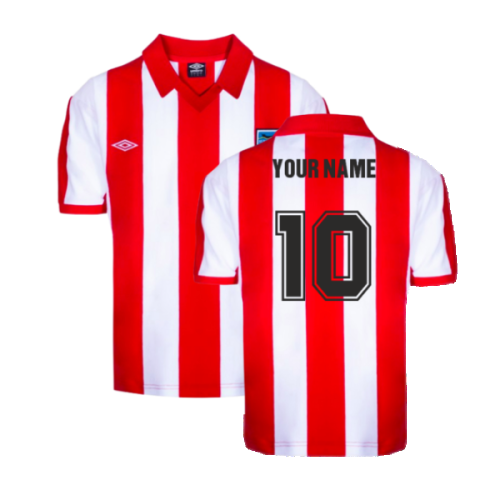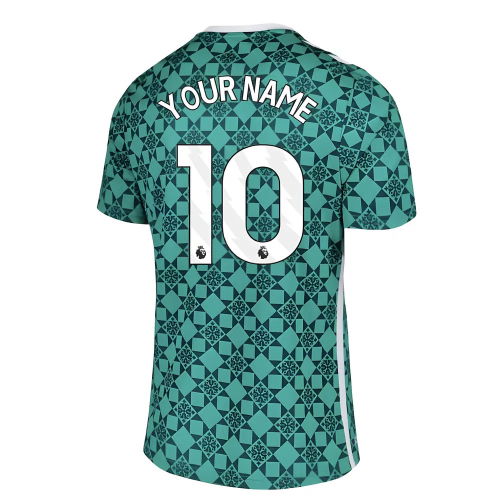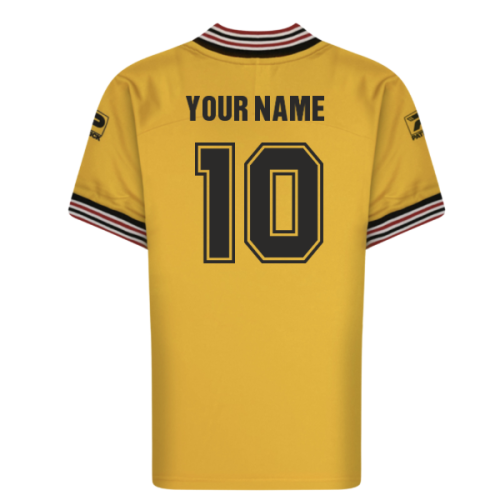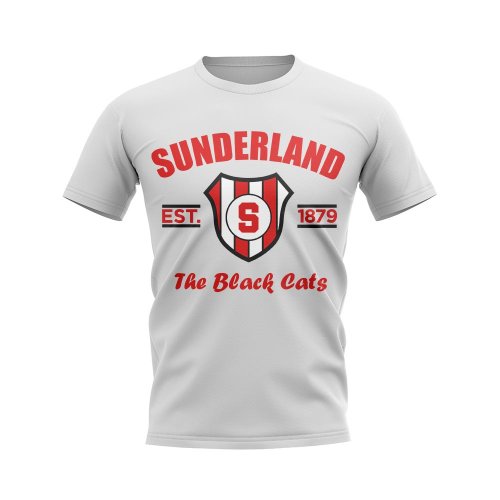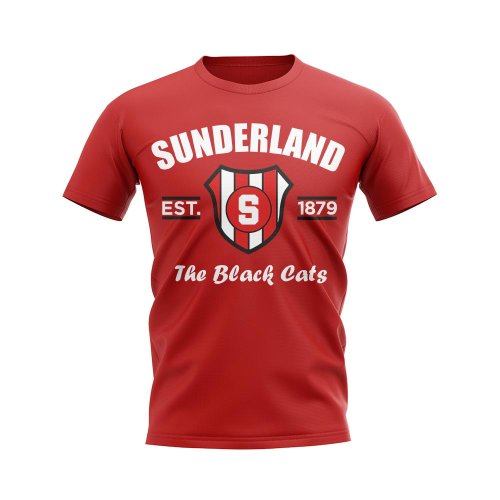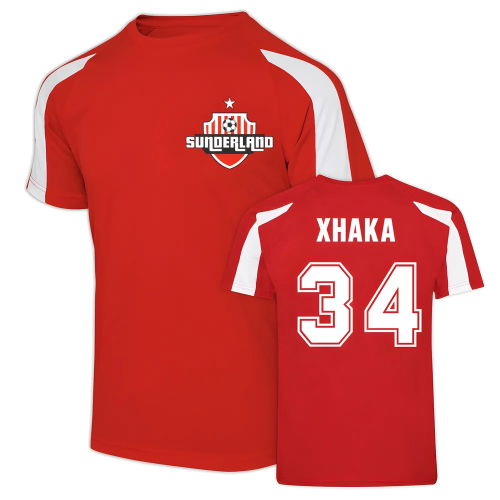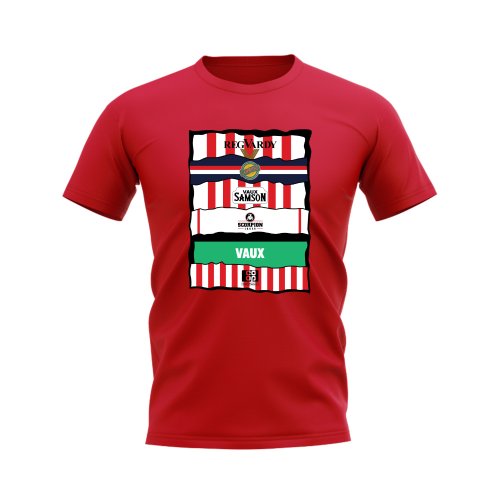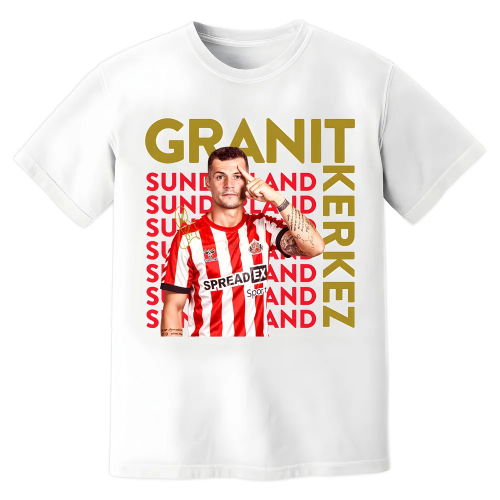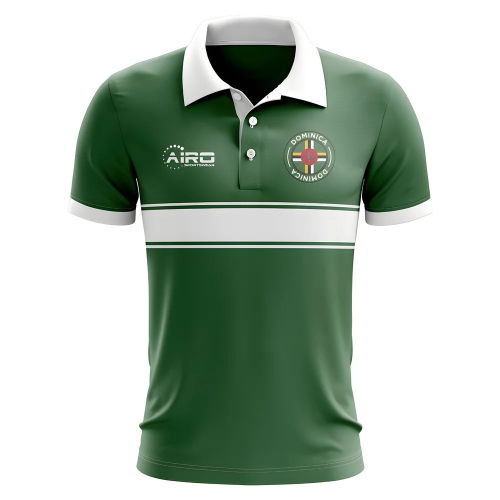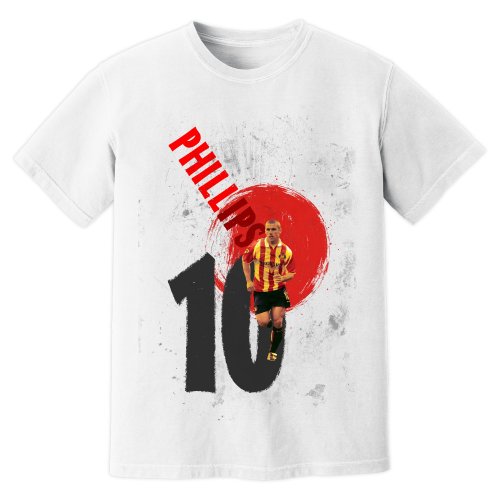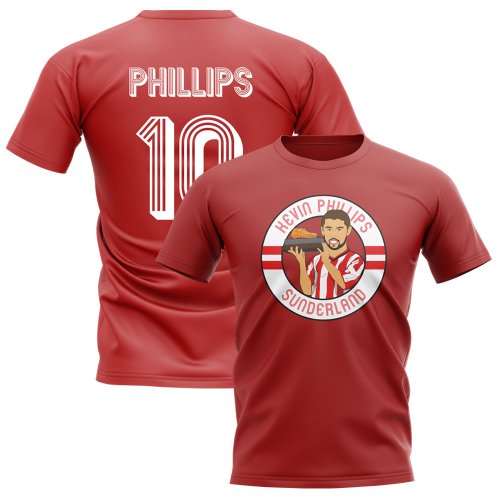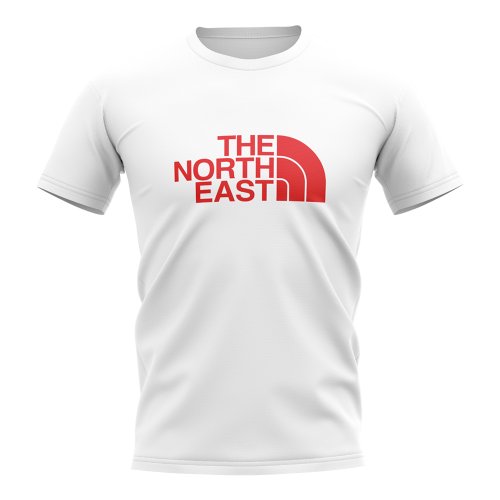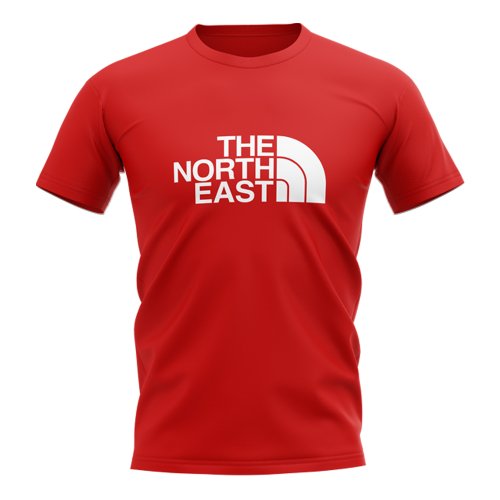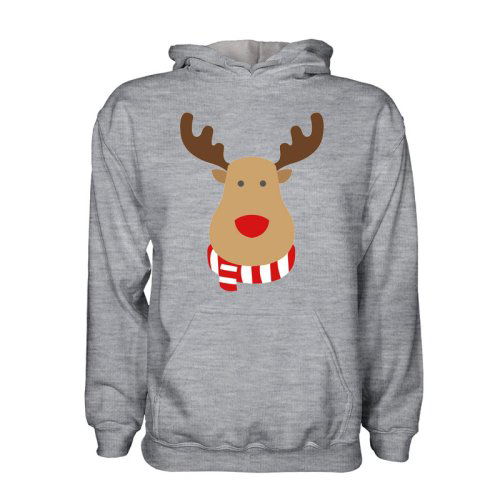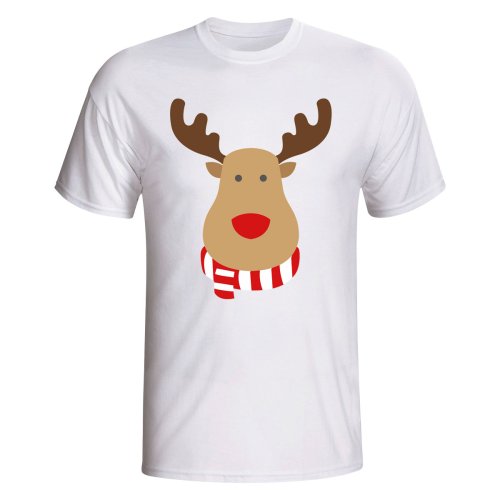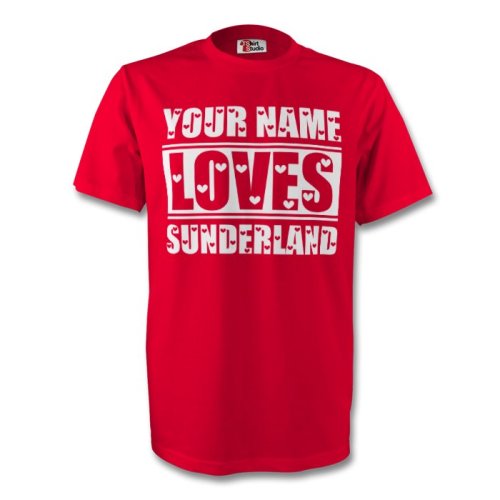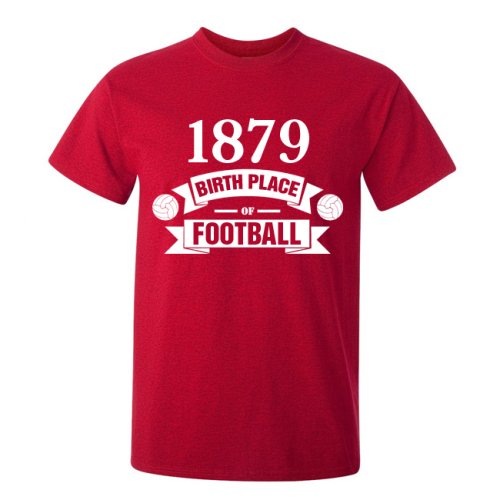The Story of Sunderland’s Kits
Founded in 1879, Sunderland AFC are one of England’s most historic clubs, instantly recognised by their vertical red-and-white stripes. The colours were introduced in 1887 and have become an unmistakable symbol of Wearside pride. Originally the team wore navy blue, but the adoption of red and white reflected both local identity and industrial spirit — bright, bold, and impossible to ignore.
Through triumphs, promotions, and European nights, Sunderland’s stripes have remained a constant emblem of working-class passion and loyalty.
Kit Evolution and Brand Heritage
Over the decades, Sunderland’s shirts have been crafted by legendary manufacturers including Umbro, Admiral, Nike, Puma, and Hummel. Each has brought subtle variations to the stripes — thin, wide, shadowed, or pinstriped — but the design itself has never disappeared.
The 1970s and 1980s produced clean, collar-driven looks under Umbro and Admiral, while Nike’s late-1990s kits became icons of the Premier League era. More recently, Hummel have revived a retro feel with bold chevrons and heritage fonts.
Away kits have varied widely — black, navy, yellow, turquoise, even gold — but all carry the same sense of strength and individuality.
Famous Sunderland Shirts
-
1936 Home Shirt – worn as Sunderland won the First Division title, one of the earliest all-striped English champions.
-
1972/73 Home Shirt – the FA Cup-winning classic, immortalised in the shock 1-0 victory over Leeds United at Wembley.
-
1999/2000 Home Shirt – the Kevin Phillips and Niall Quinn era, featuring the memorable Reg Vardy sponsor.
2021/22 Home Shirt – worn as the club earned promotion back to the Championship under Alex Neil.
Little-Known Facts About Sunderland Kits
-
Red and white origins: The switch from blue to stripes in 1887 was inspired by local shipyard colours and the desire for a distinctive identity.
-
Kit pioneers: Sunderland were among the first English clubs to feature vertical stripes permanently — decades before it became common.
-
Badge evolution: The current crest, introduced in 1997, incorporates both the Wearmouth Bridge and Penshaw Monument — two regional landmarks.
-
Retro sponsor appeal: The 1999–2003 “Reg Vardy” shirts are among the most collected 2000s kits in English football.
-
Colour discipline: Sunderland have never used all-red home shirts; the stripes are sacred to their image.
-
Stadium symbolism: The Stadium of Light’s name was chosen to honour the miners of Wearside — a theme occasionally referenced in kit designs.
Fan connection: Many modern shirts include “Ha’way the Lads” or “Spirit of ’73” inside the collar — subtle nods to supporter culture.
Our Range and Personalisation Options
At UK Soccer Shop, you’ll find the full Sunderland collection — official home, away, and third shirts, retro reissues, and training wear. Every jersey is 100% authentic, featuring the official crest, manufacturer logo, and sponsor detailing.
Personalisation is available on most designs, letting you add your name or that of club heroes such as Kevin Phillips, Niall Quinn, or Gary Rowell.
Explore related collections to complete your English football lineup:
Why Sunderland Shirts Stand Out
Few designs in football are as timeless as the red-and-white stripes of Sunderland. They embody identity, strength, and loyalty — the essence of Wearside football. Whether you’re celebrating the magic of the 1973 FA Cup win or the club’s modern revival, a Sunderland shirt is more than just a kit — it’s a symbol of pride that endures across generations.














